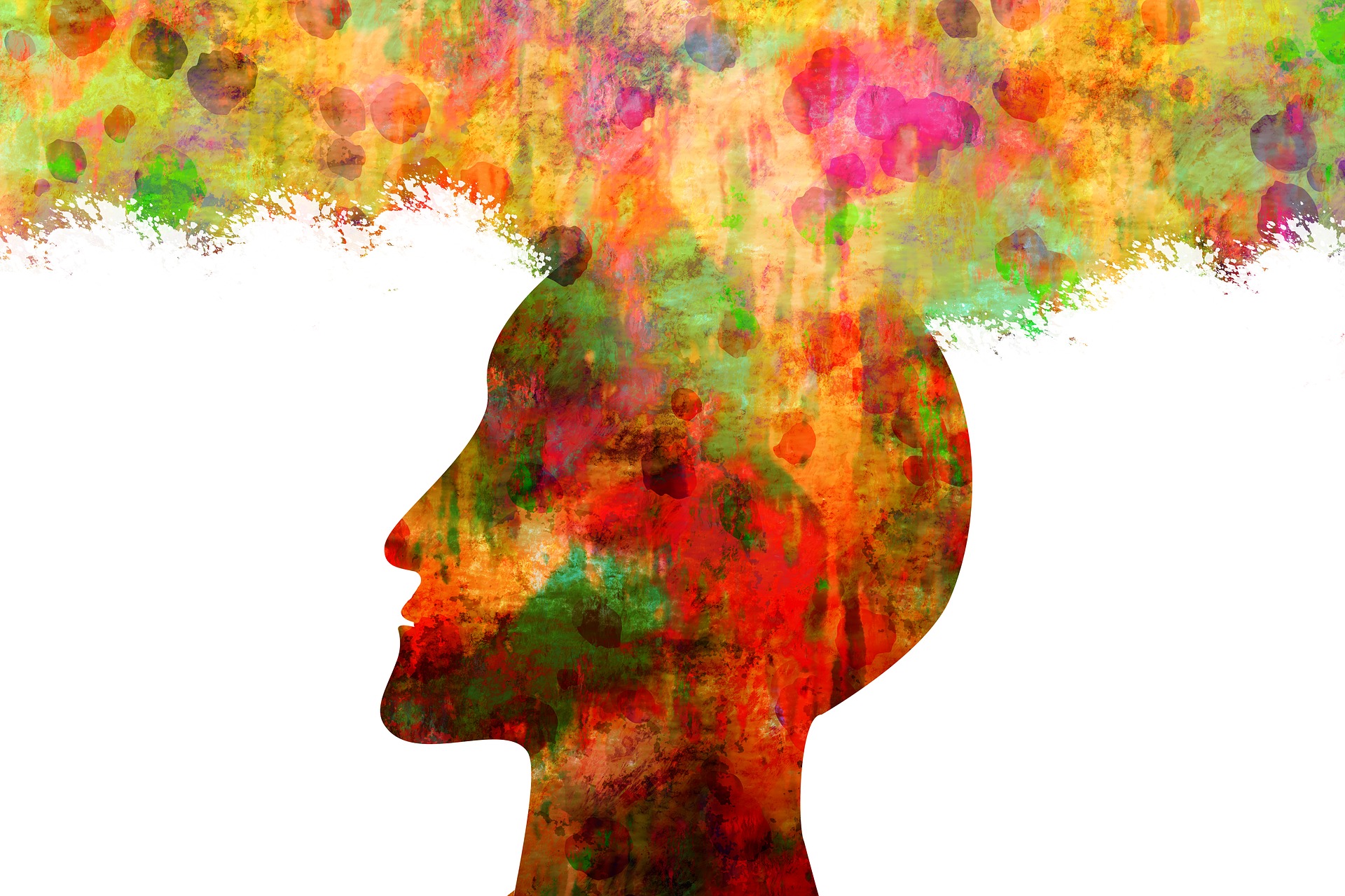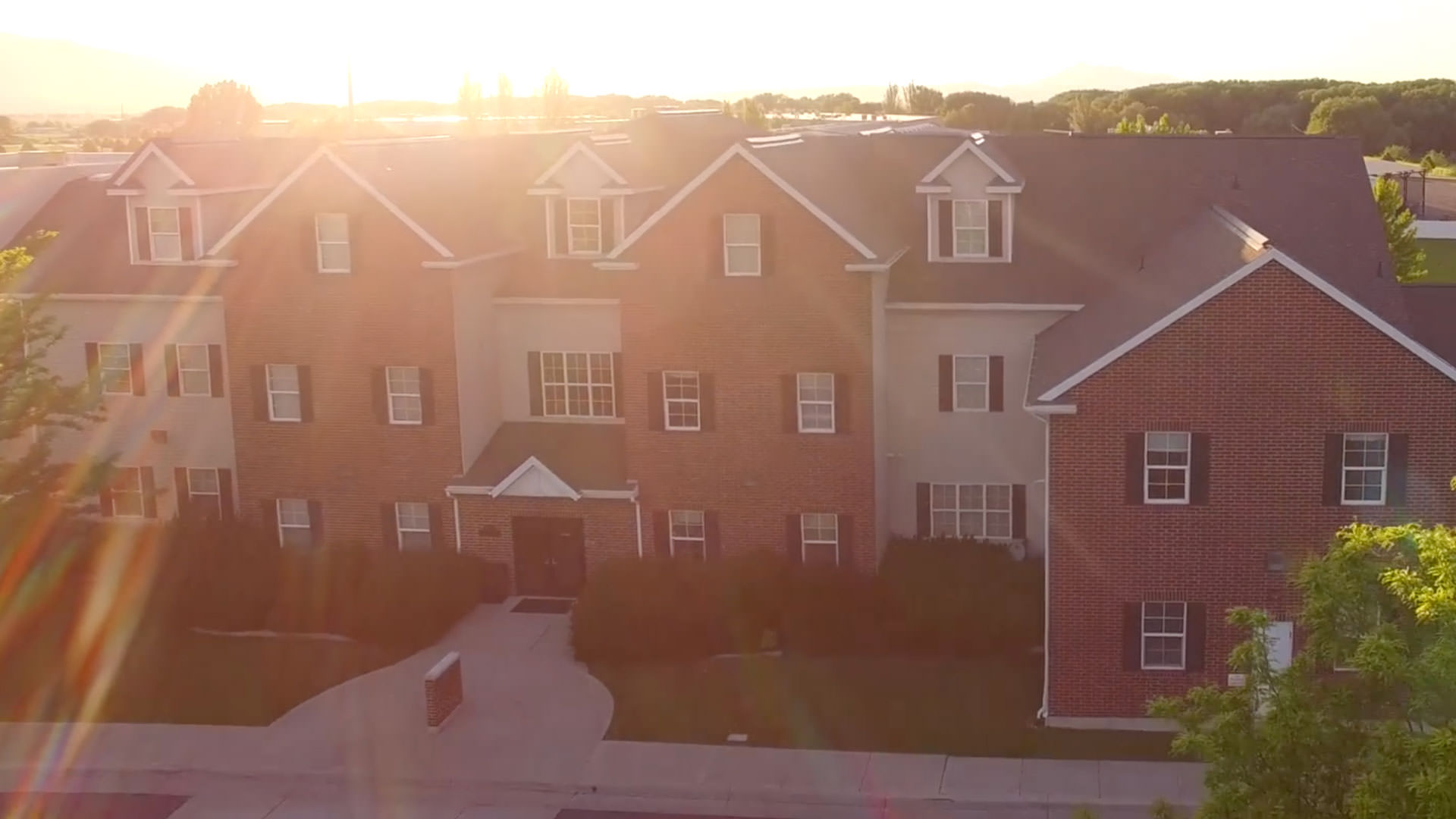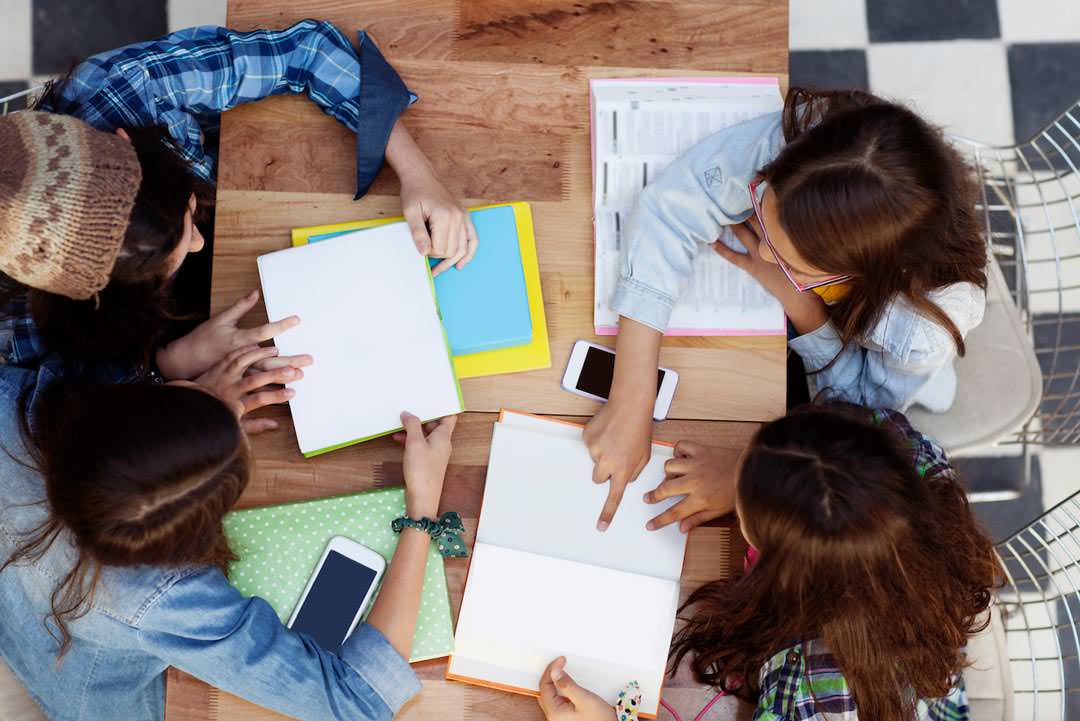What is Mindfulness?
If you have had any exposure to the mental health world at all, you have probably heard the term ‘mindfulness.’ Therapists are always talking about mindfulness this or that, but what is it exactly. To the layman, mindfulness might seem like a daunting ancient practice used by monks on top of a mountain, which allows them to sit underneath a drip of water for days on end. Although there might be a little bit of truth to that, mindfulness is a lot more accessible than you might think. So, what exactly is it?
In a nutshell, mindfulness is the basic human ability to be fully present and aware of one’s surroundings and to acknowledge, without judgment, the thoughts and emotions that creep into your consciousness. Any time you focus on “the now,” you practice mindfulness. We all possess this trait, but it can take some practice to harness it to its full potential. Mindfulness is more readily available to those who actively practice it.
Where did mindfulness come from?
Mindfulness originated in East Asian Buddhist and Hindu teachings. The word is roughly translated from the Buddhist concept of “sati,” which encompasses being fully present and aware and is the first step toward enlightenment.
Jon Kabat-Zinn introduced the concept in western culture after studying under several Buddhist teachers as a way to treat chronic pain. The concept of mindfulness gained a lot of ground in mainstream science and medicine and is now a foundational therapeutic technique used in Cognitive Behavior Therapy, Dialectical Behavior Therapy, Acceptance and Commitment Therapy, and others.
Mindfulness vs. Meditation
We often see mindfulness and meditation used in the same line of thought. What is the difference? What do they have to do with each other? Essentially, mindfulness is a quality or a technique; meditation is a practice. Meditation can be the vessel through which an individual develops a state of mindfulness. Mindfulness can be applied to any situation throughout the day, whereas meditation requires time to be set aside.
There are several different types of mediation, one of the most popular being mindfulness meditation. Mindfulness meditation generally involves deep breathing techniques and developing an acute awareness of mind and body. Practicing mindfulness meditation requires nothing other than a comfortable place to sit and a little bit of free time.
Mindfulness meditation is one of the best ways to develop mindfulness; however, it is not the only way. Mindfulness can be practiced in informal settings outside of the therapy office and dedicated meditative time. While walking the dog, you can notice the sights and smells around you and feel the air on your skin. Become aware of the slightest sensations in your body and mind. While doing the dishes, feel the floor beneath your feet and notice the sensation of warm water flowing past your hands.
What are the benefits of practicing mindfulness?
Mindfulness is foundational to mental health. Research shows that practicing mindfulness can deter or help manage various mental health issues, including anxiety, depression, self-esteem issues, and even ADHD. It can also boost executive functioning, help with focus, and decrease emotional reactivity.
Helps with Anxiety and Depression
Anxiety and depression are often thought of as disorders of time. Depression occurs when you are too focused on the past. When you dwell on events out of your control, it can create a feeling of loss or hopelessness. Anxiety occurs when you focus too much on the future. Uncertainties about what the future will hold or a sense of looming catastrophe can have a crippling effect. Mindfulness is a powerful tool against these frames of thought as it causes you to focus on the present. When you practice mindfulness, you let go of the past and future and concentrate exclusively on the present moment.
Decrease Emotional Reactivity
Studies have shown that deliberate mindfulness meditation can help individuals improve emotional regulation. Mindfulness creates space in the mind to acknowledge negative thoughts and emotions without judgment and let them go.
Stress Reduction
There is a multitude of ways mindfulness can help reduce stress. It helps you become more aware of your thoughts which allows you to step back from them and have a little more control of how they affect you. It can also help enhance your ability to relax and turn off your stress response.
Boosts Self-Esteem
Mindfulness can help us build a better relationship with ourselves. It allows us to filter through self-destructive thoughts and emotions. When those negative thoughts arise, we can acknowledge them and release them by challenging the truthfulness of those thoughts.
Helps with Executive Functioning
Studies have shown that mindfulness techniques can help children who struggle with executive functioning skills. Mindfulness has a calming effect on the brain, which can help kids focus more easily. According
to ‘Mindful Schools,’ children who applied mindfulness techniques in the classroom experienced increased access to the prefrontal cortex functions, which controls organization and self-regulation.
How to get started with mindfulness meditation at home
There are a lot of ways to get started with mindfulness. The great thing about it is that you can start whenever, wherever, and for free! Here are some tips for getting started with mindfulness at home.
Practice Mindfulness Meditation:
Set aside some time: Mindfulness is something you can practice throughout the entire day, although it does help to set aside some time to focus on it. You don’t need any fancy equipment, cushions, or couches; just a little bit of time and space.
Get Comfortable: Find a space where you can sit, stand, or lie down comfortably without distractions. This can be your bedroom, living room, in nature, or anywhere you find soothing.
Set a time Limit: A timer is not strictly necessary, but it can be helpful, as it will allow you to remain entirely focused on the present without thinking about time. Start with shorter time increments when beginning.
Notice your body: Look for any tension built up in your muscles and try to release it. Sit up straight, notice what your arms are doing and let them rest comfortably. Start at your feet and work your way up, releasing any tension you find.
Control your breathing: Bring your attention to the sensation of breathing. Notice the air moving in through your body and feel your belly and chest rise and fall.
Notice your mind wandering: Practice being a “witness” to your thoughts. When thoughts arise in your mind, acknowledge them without judgment and let them pass by.
Bring yourself back to the present moment: Your mind will inevitably wander. When it does, notice your mind wandering, be kind to yourself, and bring your focus back to the present moment. Be patient with yourself, and don’t give up! Developing this skill will likely take time and practice.
Practice Every Day
As mentioned previously, learning to be mindful is a skill that is acquired over time. Look for opportunities throughout your everyday life to be acutely aware of your surroundings and be fully present in the moment. As you do so, you will notice yourself becoming more patient, less stressed, calmer, and more at peace.









